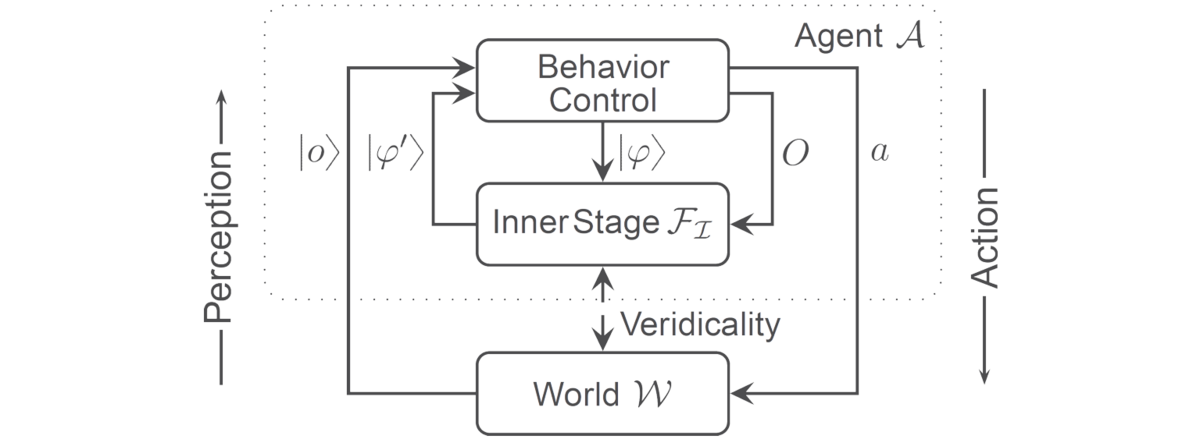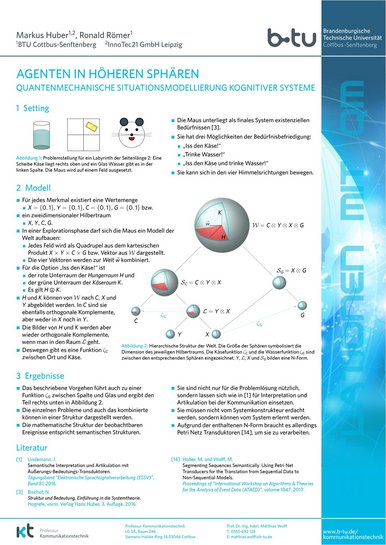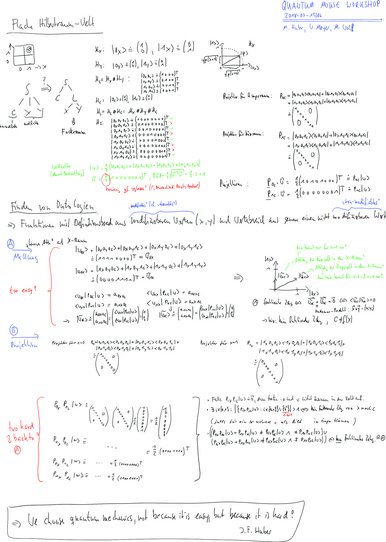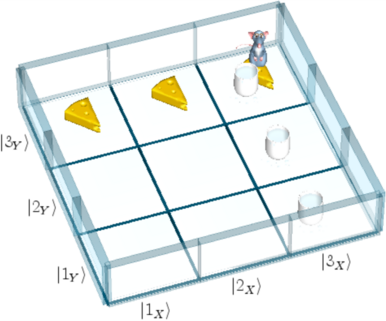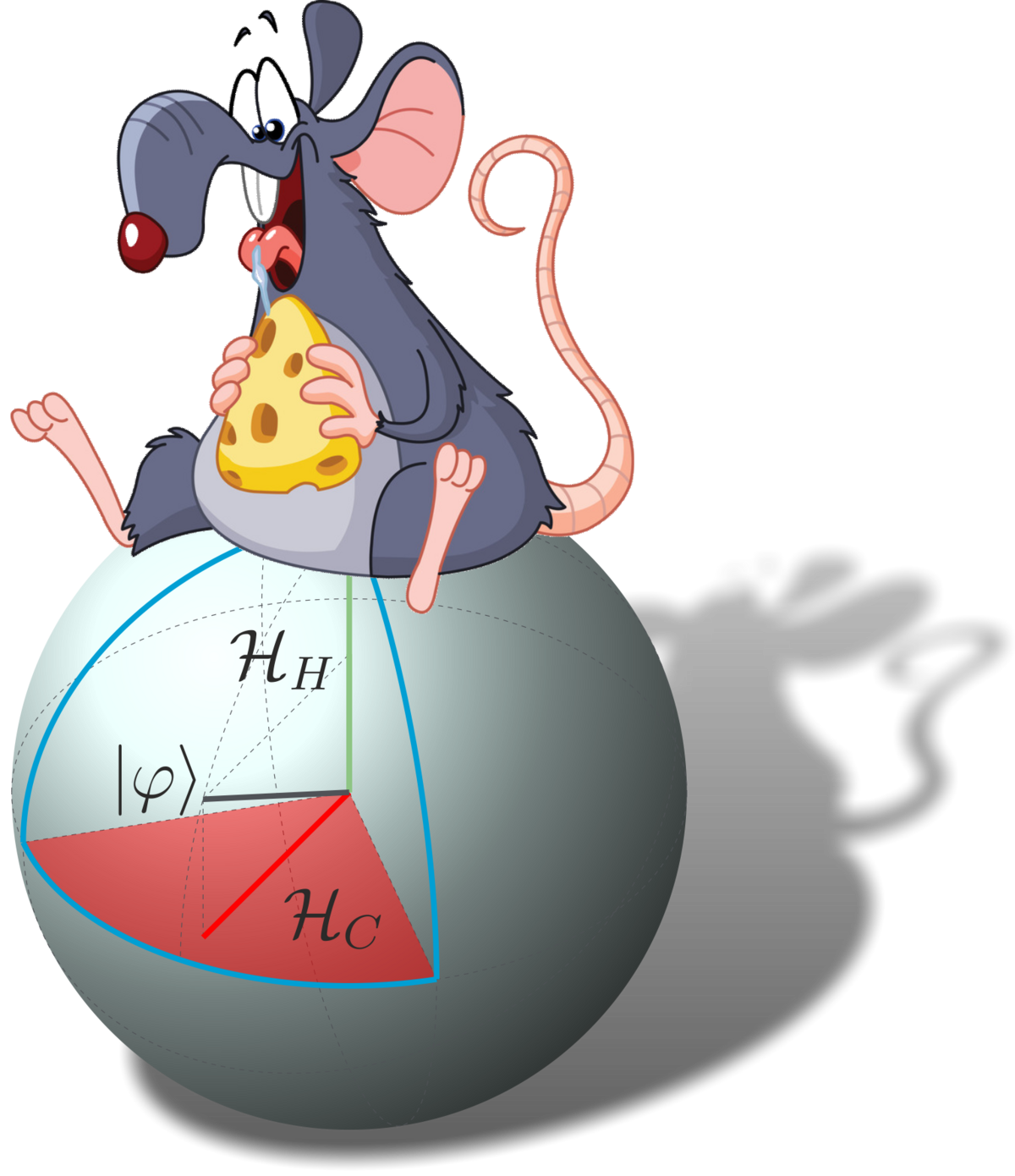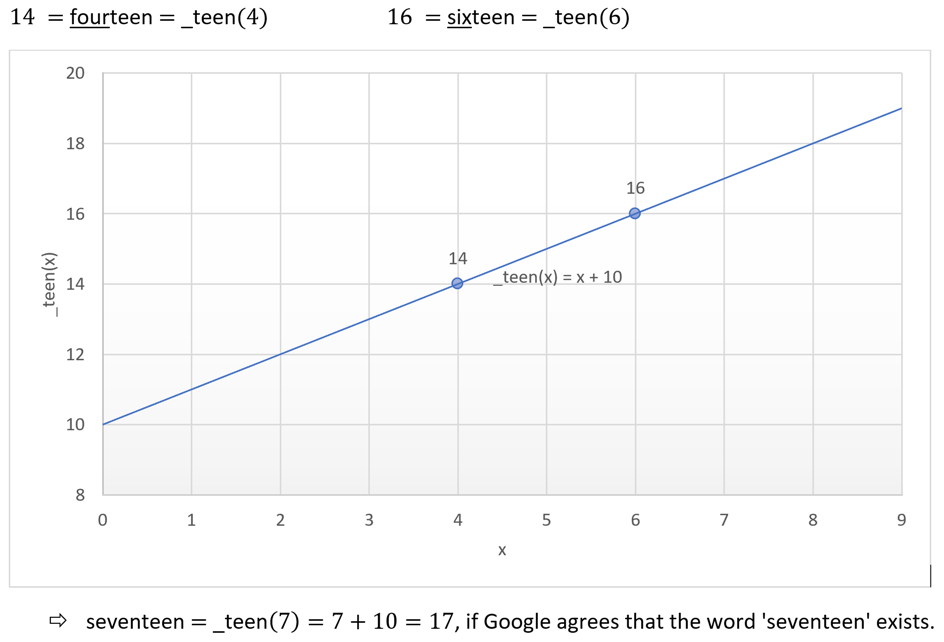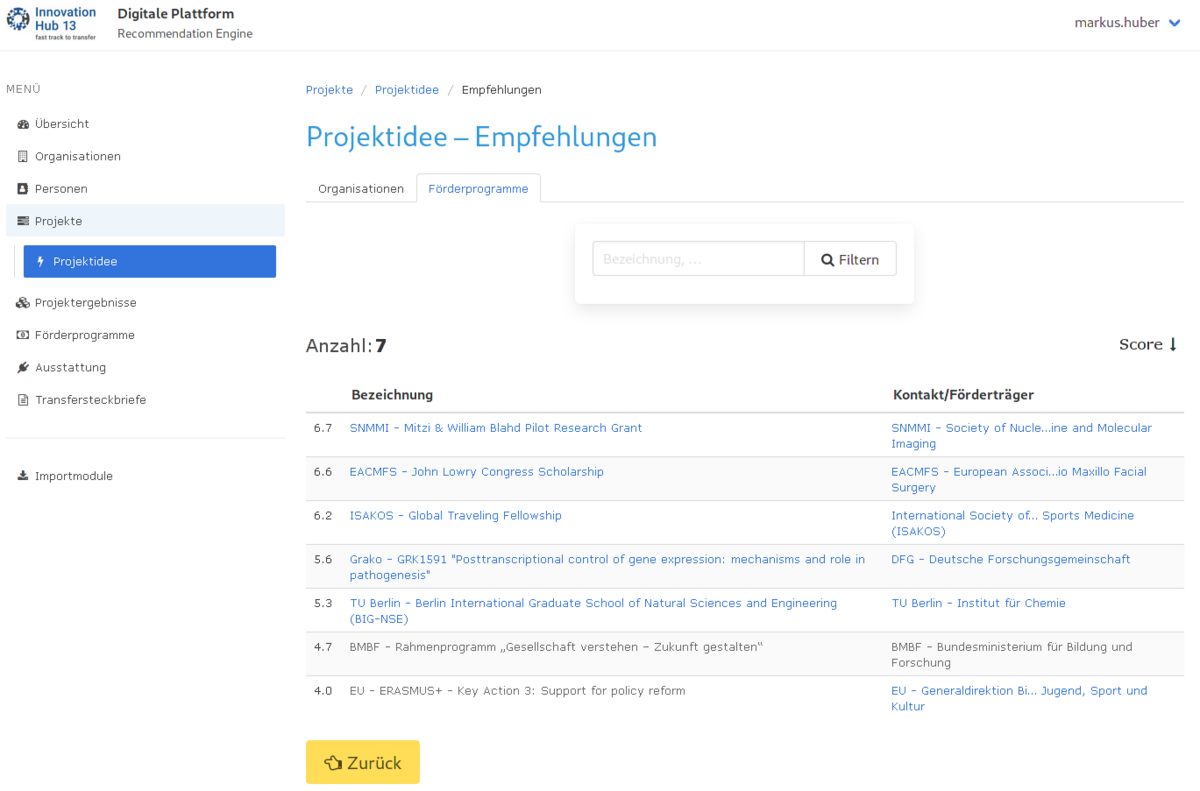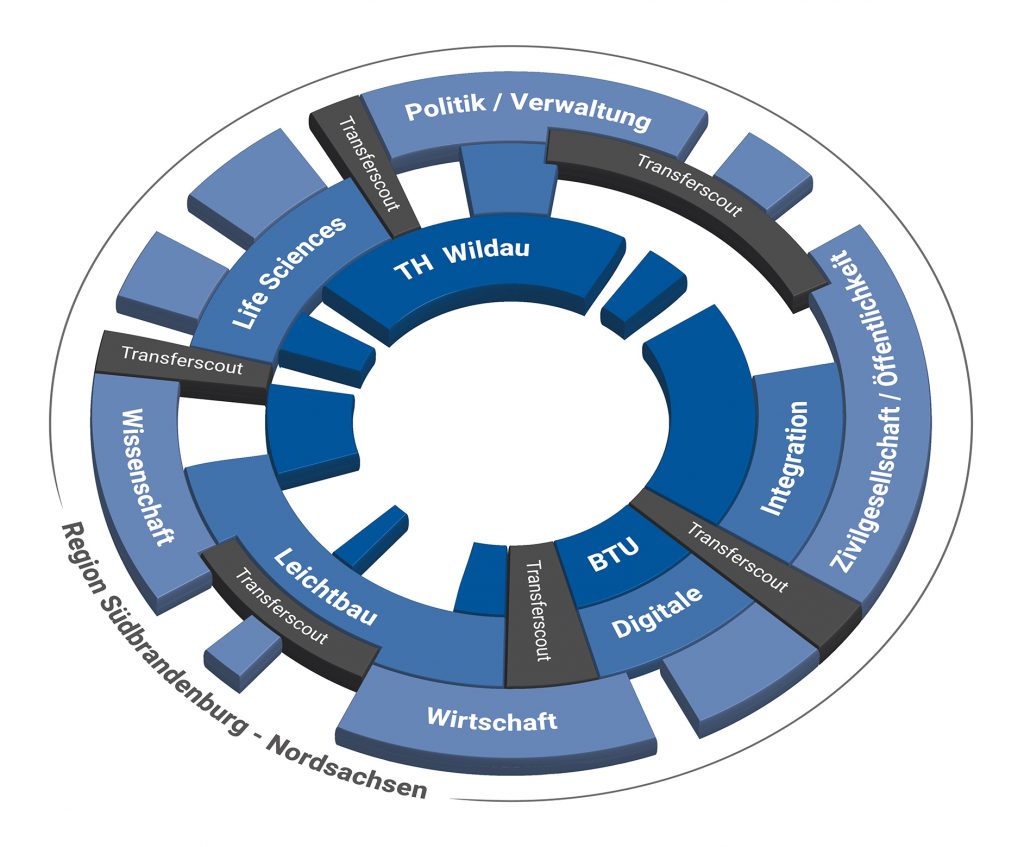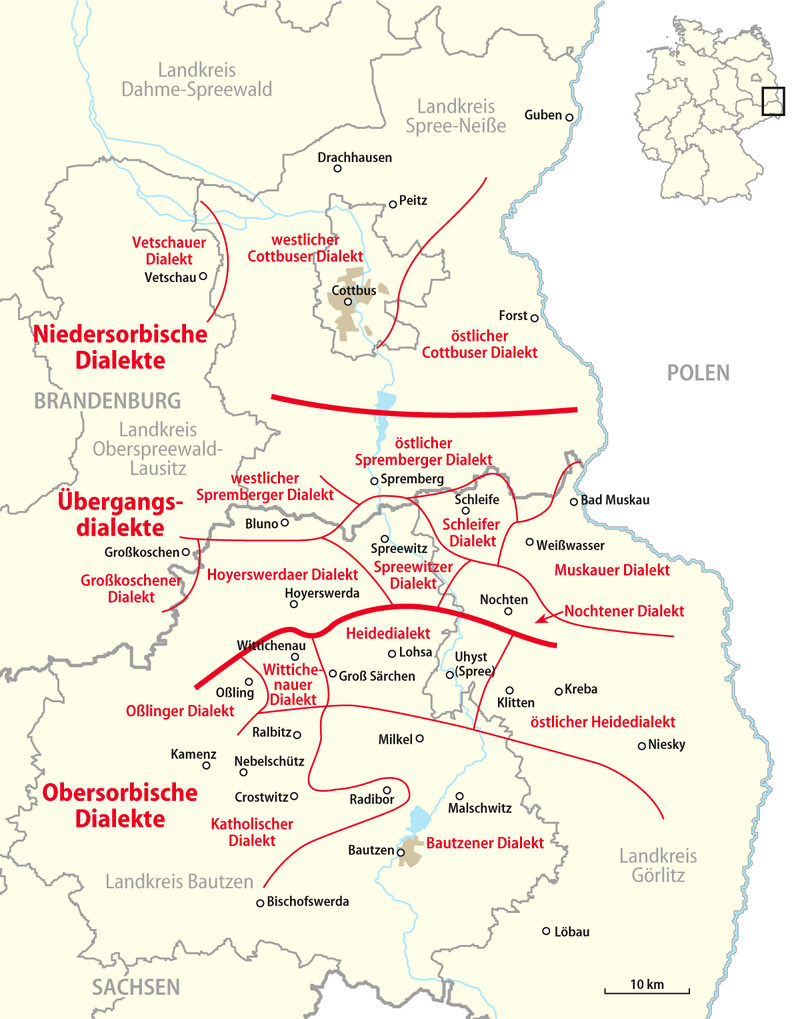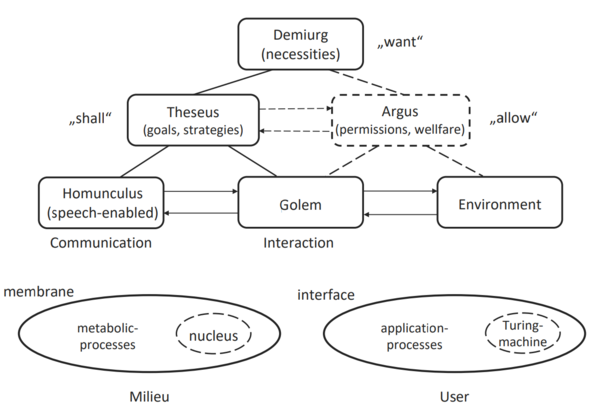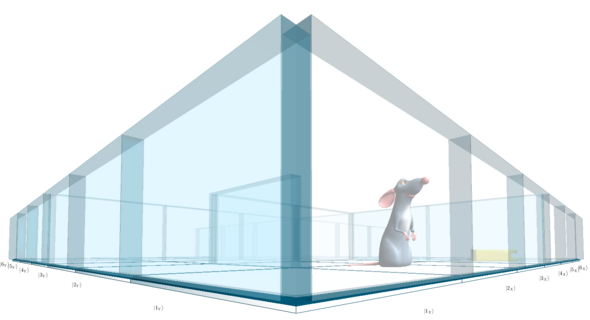
PROJEKTE PROJECTS
Digital life cycle of hybrid-electric drive systems
Abstract
The aviation industry is an important economic factor and is experiencing continuous growth [1] in passenger and freight traffic, although it faces challenges such as strict emission targets [2] and safety requirements. [3] Emission targets for 2030 are to be reduced by 40% compared to 1990, and it is proposed to increase this target to 55%. Electrification and digitalization are key factors in achieving these targets. [4] The aviation industry needs a realignment and faces a growing need for transparency in terms of components and processes. The introduction of (hybrid) electric drives in aviation is seen as a solution - similar to the automotive industry. The DIREKT project aims to create and network digital twins for the development, production and maintenance of (hybrid) electric drives in the aviation industry in order to meet emission and safety targets and create economic opportunities in transformation regions such as the Lausitz region.
Main project results
- Assembly analysis of an additively manufactured replica of an aircraft engine stator component
- First iteration of the prototype AR assistance system and its visualization as a mobile AR application
References
| [1] | Flugverkehr weltweit - Anzahl der Flüge bis 2022, Statista. Accessed: Nov. 06, 2023. [Online]. Available: de.statista.com/statistik/daten/studie/411620/umfrage/anzahl-der-weltweiten-fluege/ |
| [2] | Klima- und energiepolitischer Rahmen bis 2030. Accessed: Nov. 06, 2023. [Online]. Available: climate.ec.europa.eu/eu-action/climate-strategies-targets/2030-climate-energy-framework_de |
| [3] | Luftfahrt: Europäische Kommission aktualisiert EU-Flugsicherheitsliste, um höchste Sicherheitsstandards aufrechtzuerhalten, European Commission - European Commission. Accessed: Nov. 06, 2023. [Online]. Available: ec.europa.eu/commission/presscorner/detail/de/IP_19_2133 |
| [4] | Innovationen für einen europäischen Green Deal, acatech. Accessed: Nov. 06, 2023. [Online]. Available: www.acatech.de/publikation/innovationen-fuer-einen-europaeischen-green-deal/ |
Duration
11/2022-10/2025, 36 months (project start is delayed)
Mission statement
The aim is to create suitable combinations of technologies and methods for the creation of a cross-life cycle digital twin of (hybrid) electric drives
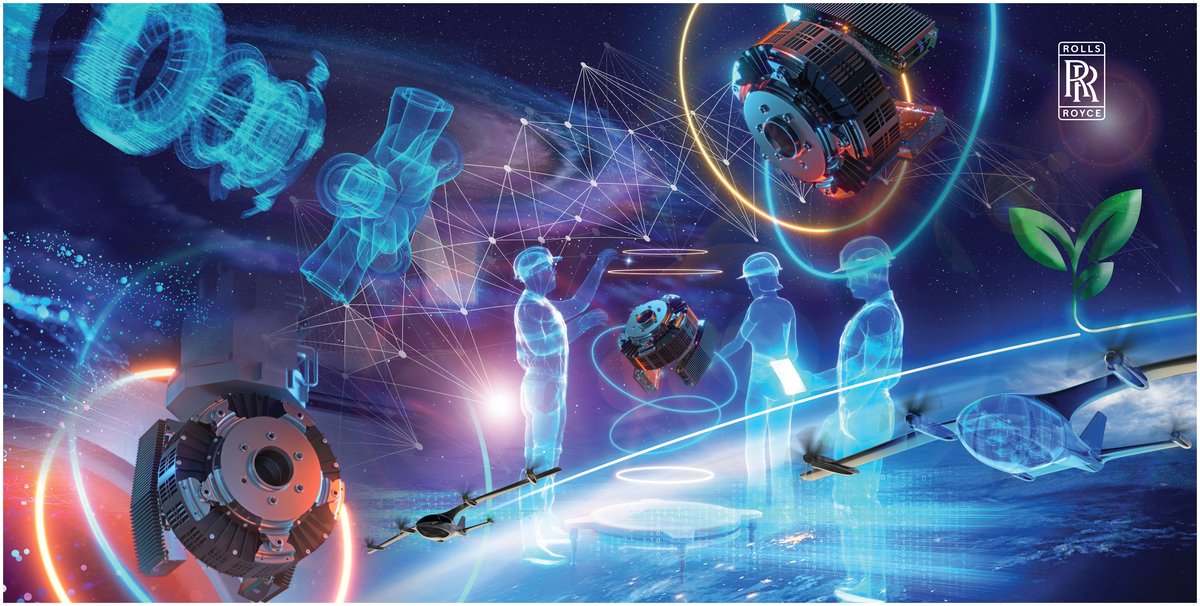
Researchers:
Ulrich Berger
BTU, Automatisierungstechnik
T +49 (0)355 69 4111
ulrich.berger(at)b-tu.de
Matthias Wolff
BTU, Kommunikationstechnik
T +49 (0)355 69 2128
matthias.wolff(at)b-tu.de
Martin Behm
Lehrstuhl Kommunikationstechnik
BTU Cottbus-Senftenberg
martin.behm(at)b-tu.de
Annamria Arnouk
Lehrstuhl Kommunikationstechnik
BTU Cottbus-Senftenberg
annamria.arnouk(at)b-tu.de
Funded by
BMWK
AI-controlled robotic industrial machines
Abstract
The main motivation of the project is bringing AI‐methods into Lusatian SME and particularly into special‐purpose machine construction. This includes the development of solutions—as universal as possible—for controlling industrial robots through a combination of numerical and symbolical AI‐methods. The scenario is settled around small and medium‐sized production series where automation by numerical AI alone is difficult because of the small number of examples and also automation by symbolical AI alone is difficult because of the variety of tasks. The project tries to identify suitable relationships and associations between the two AI flavours and combine them with other methods like simulated training data to resolve those shortcomings.
Main project results
- cognitive machine controller realising perception‐action‐cycles
- perception‐action‐cycles integrating numerical and symbolical AI‐methods
- symbolical reinforcement‐learning algorithm
- small‐data‐approaches for dealing with little real sensory data
References
| [1] | Duckhorn, F., Huber, M., Meyer, W., Jokisch, O., Tschöpe, C., & Wolff, M. (2017). Towards an autarkic embedded cognitive user interface. In F. Lacerda, Interspeech 2017, 18th Annual Conference of the International Speech Communication Association, Stockholm, Sweden, August 20-24, 2017 (pp. 3435-3436). ISCA. |
| [2] | Graben, P. b., Huber-Liebl, M., Klimczak, P., & Wirsching, G. (2023). Machine Semiotics. ArXiv, abs/2008.10522v2. arxiv.org/abs/2008.10522v2 |
| [3] | Hersche, M., Zeqiri, M., Benini, L., Sebastian, A., & Rahimi, A. (2023). A neuro-vector-symbolic architecture for solving raven's progressive matrices. Nature Machine Intelligence, 5(4), 363-375. doi.org/10.1038/s42256-023-00630-8 |
| [4] | Huber-Liebl, M., Römer, R., Wirsching, G., Schmitt, I., beim Graben, P., & Wolff, M. (2022). Quantum-inspired cognitive agents. Frontiers in Applied Mathematics and Statistics, 8. doi.org/10.3389/fams.2022.909873 |
| [5] | Wolff, M., Huber, M., Wirsching, G., Römer, R., beim Graben, P., & Schmitt, I. (2018). Towards a quantum mechanical model of the inner stage of cognitive agents. In Conference on Cognitive Infocommunications, CogInfoCom 2018. IEEE. doi.org/10.1109/coginfocom.2018.8639892 |
Duration
10/2022–09/2025, 36 months
Mission statement
To devise a combination of numerical and symbolical AI‐methods for machine learning the controlling of robots in small‐sized production series.
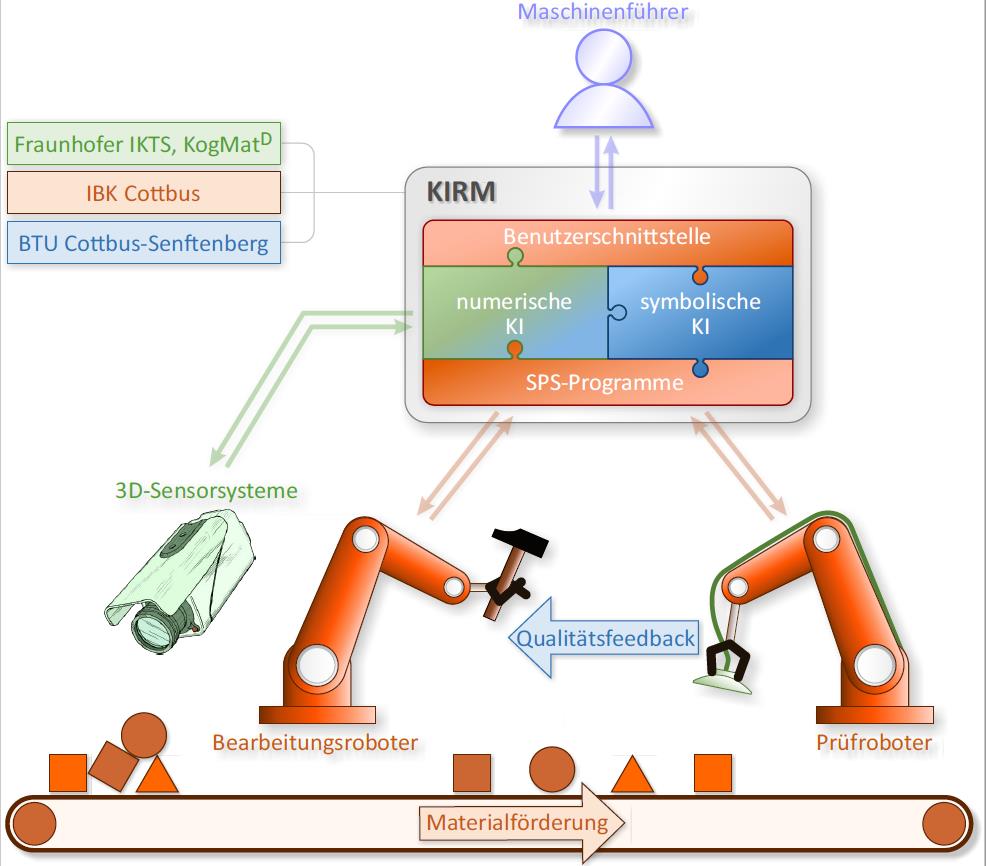
Researchers:
Constanze Tschöpe
Fraunhofer IKTS,
Projektgruppe KogMatD Cottbus
T +49 (0)351 88815-522
constanze.tschoepe(at)ikts.
fraunhofer.de
Matthias Wolff
BTU, Kommunikationstechnik
T +49 (0)355 69 2128
matthias.wolff(at)b-tu.de
BBA Gleide Selma Krüger
Industrieberatung Krüger (IBK)
Karl-Liebknecht-Straße 8, 03036 Cottbus
Markus Huber-Liebl
Lehrstuhl Kommunikationstechnik
BTU Cottbus-Senftenberg
Markus.Huber(at)b-tu.de
Tillmann Rosenow
Lehrstuhl Kommunikationstechnik
BTU Cottbus-Senftenberg
Tillmann.Rosenow(at)b-tu.de
Funded by
BMBF
Minimalist Grammars and Natural Language Processing (LMG) - Giving meaning to the language
Abstract
Natural Language Processing (NLP) contains the two deceptively simple concepts of automatically understanding human language (Natural Language Understanding, NLU) and using it (Natural Language Generation, NLG).
These for humans’ trivial tasks, become gargantuan undertakings, seemingly needing large quantities of data, if to be replicated using computer systems. But like the thought experiment of the Chinese room(https://en.wikipedia.org/wiki/Chinese_room), these computer systems currently often lack a rudimentary level of understanding of the meaning of the spoken (or written) word. It is thus an active field of research, even to the big companies like google [Dev18].
Our research focuses on the creation and analysis of interpreter and generators for the respective tasks in NLP using the Minimalist Grammars, thought of by E. Stabler [Min99], together with the Lambda calculus, as proposed in [Roe20]. With these two concepts put together we create an explainable model for bidirectional human to AI communication. Not only does this model include syntax, by coding it into the feature list of the minimalist grammar, but also semantic, by representing it in the form of the lambda calculus.
Goals
- The feature lists of Minimalist grammars represent a good model of the syntax of natural language
- The lambda calculus can be used to represent the semantics of natural language
- The combination of minimalist grammar and lambda calculus can be constructed in such a way, that it can be used to accurately parse and generate natural language with computer systems in real time
Results
A NLG was implemented for basic lexicons that automatically selects words according to predicate logical expressions and constructs grammatical correct sentences that can be understood according to the initial expression. Additional a left corner parser inspired by Stanojevic [Stan18], was modified to construct a semantic meaning, while parsing sentences with the help of the feature list of lexicon according to minimalist grammars.
References
| [Dev18] | Devlin, Jacob, et al. Bert: Pre-training of deep bidirectional transformers for language understanding. arXiv preprint arXiv:1810.04805, 2018. |
Intelligent Information Processing (scientific accompanying research)
Abstract
We develop and investigate novel AI-methods as part of the “WIR!” project: co-innovation platform’s. Our research program aims to strengthen the development of new process and product innovations in industrial automations. For this purpose, a hybrid approach of symbolic AI-methods will be employed that combines different fields such as constraint programming, anomaly-detection via pattern recognition and cognitive information processing.
Cognitive information processing is a key technology that facilitates process-analysis,-prediction, and -control and can be applied in modeling and optimization of continuous industrial processes. Our investigations are focused on so-called feature-value relations (FVRs), which are hierarchically organized data structures that can be considered as fundamental carriers of meaning (semantics). Based on the algebraic properties of semantics, important basic operations such as unification and generalization can be realized. AI-systems that utilize semantics allow the users proper traceability of internal processes and the explanations about the reasons of dysfunction or failure in contrast to connectionist methods such as neural networks.
Goals
The goal of this project is related to modeling and optimization of continuous industrial processes through mathematical methods
Project Data
| Period | since 01.01.2022 |
|---|---|
| Funding | BMBF |


Mission:
Optimization of continuous industrial processes using symbolic AI-methods.
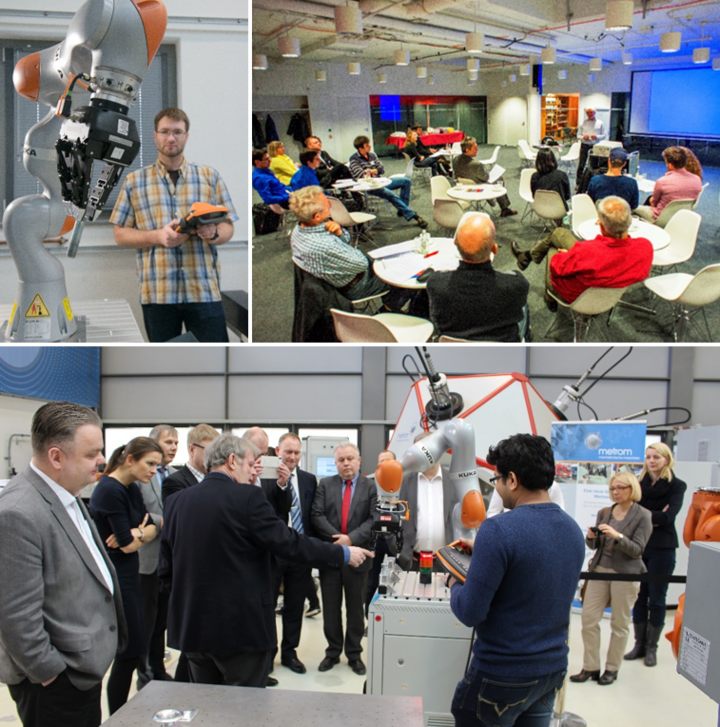
Researchers:
Quantum-Inspired Behavior Controller for a Remake of C. E. Shannon's Electrically Controlled Mouse
Abstract
Motivation and Background
C. E. Shannon's "Electrically Controlled Mouse" Theseus is an early and prominent example of what we call a cognitive or intelligent agent today. Shannon's construction was based on an array of telephone relays which provided the mouse with a simple memory, much like Ariadne's thread, to find its way through a configurable maze. Contemporary cognitive agents use state space models in connection with search algorithms and decision process models to solve similar problems. They have deficits in handling not-yet knowing in terms of formal logic (e.g., stochastic decision processes) and with explainability (e.g., deep neural networks). Both capabilities are, however, essential for cognitive agents. In this project we investigate hyper-dimensional state space models [Miz89, Smo90]—aka. vector-symbolic architectures [Gay06, Kle18]—to devise a so-called inner stage for final cognitive agents [Bis09], on which the agent can safely perform trial actions and plan its strategy. To that end, we develop a representation theory of semantic states, expressed by relational databases or feature-value relations, in Hilbert or Fock space [Foc32]. In this hyper-dimensional representation we can employ quantum logic [BN36] or other quantum-inspired methods to design the agent’s behavior controller and to model higher cognitive functions like, e.g., coping. Fig. 1 outlines the general architecture of a quantum-inspired cognitive agent (see [WHW+18] for details).
Goals
- Refine and enhance Ingo Schmitt's Hilbert space representation theory of relational databases, e.g., handling of uncertain knowledge or NIL values,
- Devise a representation theory of semantic states, expressed by feature-value relations, in Fock space,
- Devise quantum-inspired algorithms, i.e., Hilbert and/or Fock space operator compositions, for agent actions, attention, natural language communication, ontology inference, and coping,
- Construct a test bed and demonstrator for the application example of Shannon's mouse-maze system, and
- Ultimately: devise quantum computer algorithms for the behavior control of cognitive agents.
References
| [Bis09] | Bischof, N. (2009). Psychologie, ein Grundkurs für Anspruchsvolle. Verlag Kohlhammer, 2009, 2. Auflage. |
| [BN36] | Birkhoff, G. and von Neumann, J. (1936). The logic of quantum mechanics. Annals of Mathematics 37(4), 823{843 (1936). URL http://www.jstor.org/stable/1968621 |
| [Foc32] | Fock, V. A. (1932). Konfigurationsraum und zweite Quantelung. Z. Phys. 75, 622 – 647 |
| [Gay06] | Gayler, R. W. (2006). Vector symbolic architectures are a viable alternative for Jackendoff’s challenges.Behavioral and Brain Sciences, 29:78 – 79. |
| [Kle18] | Kleyko, D. (2018). Vector Symbolic Architectures and their Applications: Computing with Random Vectors in a Hyperdimensional Space. PhD-Thesis, Lulea Univ. of Technology. ISBN: 978-91-7790-110-5. |
| [Miz89] | Mizraji, E. (1989). Context-dependent associations in linear distributed memories. Bulletin of Mathematical Biology, 51(2):195 – 205. |
| [Smo90] | Smolensky, P. (1990). Tensor product variable binding and the representation of symbolic structures in connectionist systems. Artificial Intelligence, 46(1-2):159 – 216. |
| [WHW+18] | Wolff, M., Huber, M., Wirsching, G., Römer, R., beim Graben, P., and Schmitt, I. (2018). Towards a Quantum Mechanical Model of the Inner Stage of Cognitive Agents. 2018 9th IEEE International Conference on Cognitive Infocommunications (CogInfoCom), 2018, pp. 000147 – 000152, doi: 10.1109/CogInfoCom.2018.8639892 |
Project Data
| Period | 2015–today |
|---|---|
| Funding | BTU self-funding |
Bibliography and Links
- Project bibliography [-- UBICO, keywords="btuktqtheseus" --]
- Project page @ResearchGate
Related Projects
- [-- RTHESEUS --]
- Behavior Control of Intelligent Machines (VIM)


Mission:
Researchers:

Associated Partners:
Maschineller Spracherwerb. Verstärkungslernen minimalistischer Grammatiken
Abstract
Motivation and Background
We are developing a reinforcement learning algorithm for numeral words of natural languages. Numerals have an obvious connection between syntax and semantics, e.g. "two hundred and fourty-five" means 2 * 100 + 40 + 5. Our algorithm is intended to not only learn words but also to predict their integer meaning.
State-of-the-art algorithms try this by slot-filling of digit, i.e. they learn how to decide that 'two' is the hundred, 'four' is the ten… This requires a high degree of individual supervision for single languages – especially if their number systems are not even decimal. Instead, we use more general constraints of numerals word structure that are derived from Hurford's theory of the Packing Strategy [Hur06].
Our algorithm forms new words via exchange of subnumerals and their meaning is predicted by linear regression, see figure.
The exchange of subnumerals works by generalizing expressions like "two hundred and fourty-five" and converting them to an output set of words (X,Y) |--> "X hundred and Y".
In order to decide which subnumerals become generalized and which do not, we use general size and divisibility arguments. We represent the numeral systems by a minimalist grammar (MG).
Moreover, we want to investigate the possibility to utilize search engines as supervisors: Running the wrong word “fiveteen” in a search engine will display significantly less search results opposed to a search of the correct word “sixteen”. Based on that, we attempt to find a model to decide whether or not a word is correct.
Scientific Hypotheses
- Natural numeral grammars can be efficiently represented as Minimalist Grammars
- Those Minimalist Grammars can be efficiently generated based on a learning algorithm that
- reinforces itself by linear regression and
- is supervised by big search engines
References
| [Huf06] | J. R. Hurford. "A performed practice explains a linguistic universal: Counting gives the Packing Strategy". ELSEVIER. May 2, 2006 |
| [Zabb05] | Y. Zabbal. "The Syntax of Numeral Expressions". Second Generals Paper. University of Massachusetts - Department of Linguistics. Amherst, MA 01003. May 19, 2005 |
| [IM06] | T. Ionin and O. Matushansky. "The Composition of Complex Cardinals". Journal of Semantics 23: 315–360. November 16, 2006 |
| [FW00] | G. Flach and M. Wolff. "Automatische Generierung von Zahlwortgrammatiken". Technische Universität Dresden, Fakultät Elektrotechnik, Institut für Akustik und Sprachkommunikation. October 5, 2000 |
| [Ham04] | H. Hammarström. "Deduction of Numeral Grammars". Proceedings of the Ninth ESSLLI Student Session. 2004 |
| [bG+19RL] | P. beim Graben et. al. "Reinforcement Learning of Minimalist Numeral Grammars". Brandenburgische Technische Universität Cottbus – Senftenberg, Institute of Electronics and Information Technology, Department of Communications Engineering. June 11, 2019 |
| [Flac00] | G. Flach, M. Holzapfel, C. Just, A. Wachtler and M. Wolff, "Automatic learning of numeral grammars for multi-lingual speech synthesizers," 2000 IEEE International Conference on Acoustics, Speech, and Signal Processing. Proceedings (Cat. No.00CH37100), 2000, pp. 1291-1294 vol.3, doi: 10.1109/ICASSP.2000.861814. |
| [bG+19UMT] | P. beim Graben et. al. "Bidirektionale Utterance–Meaning–Transducer für Zahlworte durch kompositionale minimalistische Grammatiken". Tagungsband der 30. Konferenz Elektronische Sprachsignalverarbeitung (ESSV). Volume: 91. January 2019 |
| [Men18] | J. A. Mendia. "Epistemic numbers". Proceedings of SALT 28: 493–511, March 2018 |
| [And15] | C. Anderson. "Numerical Approximation Using Some". Proceedings of Sinn und Bedeutung 19. July 2015 |
Project Data
| Period | 11/2020–10/2022 |
|---|---|
| Funding | DFG Sachbeihilfe |
| - Grant | #WO 819/3-1 |
| - Total | 182,7 TEUR |

Abstract
Cognitive Systems are adaptive, adaptable and can act target‐oriented even with uncertain and incomplete information. So far Artificial Intelligence (AI) is used as an umbrella term for a diversity of methods for making data available and usable. This project (part of Innovation Hub 13) focuses on the integration of AI‐methods into a cognitive system. Such a system gathers information, reaches decisions and recommends actions. The desired cognitive system requires integration of three key technologies of AI: databases, text processing and behavior control. Initially, we create a methodical classified collection of concepts (thesaurus). Because in this project the raw data is text, the relevant terms and relations get extracted through syntactic and semantic analysis. The resulting structures are then stored in databases for universities, public authorities and industry. On this basis behavior control creates a scored matching and recommends partners and funding.
| Period | 01/2018–12/2022 |
|---|---|
| Funding | BMBF, Innovative Hochschule |
| - Total | 603 TEUR |
| Website | innohub13.de |
Bibliography and Links
UBICO keyword="btuktihre"
Innovation Hub13 @Innovative Hochschule


Mission:
Sprachassistent für Obersorbisch
Abstract
Motivation and Background
Upper Sorbian is an extinction-endangered minority language in Upper Lusatia and has around 20,000-25,000 speakers. Correspondingly, it is not used frequently in the internet. The lack of data makes the language hard to access for Big Data technologies like speech recognizers or translation machines. As communication with machines is becoming more and more important for humans, Upper Sorbian needs to work in this communication to keep its usefulness in the future. The challenge of this project is to get away with just little data. We can rarely work with statistical models, so instead we directly implement specific expert knowledge in the machine.
Goals
- Improvement of the acustic model by specific training of native Sorbian phonemes
- Introduction and application of a grapheme-phoneme-lexicon
- Improvement of the speech model by implementation of grammar
- Catalog of criteria for voice recordings
Project Data
| Period | 08/2021–... |
|---|---|
| Funding | Contract research |
| - Total | 43,7 TEUR |
Verhaltenssteuerung für intelligente Maschinen (VIM)

This project is co-funded by the European Regional Development Fund (ERDF).
Abstract
The essential added value of intelligent machines lies in their ability to learn independently from experience, to plan, to act sensibly (via actuators) and - in a simple sense - to "think". These aspects are summarized as "behavioral control" of the machine. Since today's technical solutions still show considerable deficits in this respect, we aim to show with the support of the European Regional Development Fund (ERDF) under the name "Behavioral Control for Intelligent Machines" how a cognitive system transforms sensory information (interaction circuit) into semantic information so that it can be processed logically within data Structures that allow higher cognitive abilities, such as coping, and thus a meaning-driven control of the inner cognitive circle (physical system components).
We develop a cognitive research and experimentation system that deals with a mouse-maze problem inspired by Claude Shannon’s Theseus, with the aim of explaining the process flows based on a system theoretical and integrative Approach by considering traditional cognitive architectures. For this purpose, we expand the Perception-Action-Cycle (PAC) of cognitive systems to include an inner stage with database semantics and a superstructure including psychologically and biologically motivated functionalities [RGH+19]. Golem executes instructions (motor function) and perceives structures and elements of the world through the sensor system; Homunculus is responsible for thinking and imagination about the world (inner stage); Theseus - for strategy finding; Demiurge - for the needs and Argus (as a control authority) - for damage avoidance [MBE+21].
Goals
We want to demonstrate firstly the basic mechanisms of our architecture through the physical implementation of our experiment system and subsequently the coping on the same environment. In addition, we aim to transform the linguistic information into semantic information by expanding our PAC with a communication circle in order to create an integrated system that brings the sensory and linguistic information via minimalist grammar formalism on a common ground.
Results
The Cognitive Agent is realized as a mouse in a maze whose behavioral control takes place in a deterministic as well as in a non-deterministic environment simulation. The tasks such as finding objects and exploration are implemented on the common basis of Markov Decision Processes (MDP) efficiently. The structured data on the semantic databank and the interaction with the environment lead to an inner stage being created during the exploration phase, on which problem-solving programs are carried out risk-free and thus contributes to damage avoidance and goal assessment.
References
| [RGH+19] | R. Römer, P. beim Graben, M. Huber, M. Wolff, G. Wirsching, and I. Schmitt (2019). Behavioral control of cognitive agents using database semantics and minimalist grammars. In Proc. 2019 10th IEEE International Conference on Cognitive Infocommunications (CogInfoCom), IEEE. URL https://www-docs.b-tu.de/fg-kommunikationstechnik/public/papers/BehaviorControl.pdf |
| [MBE+21] | W. Meyer, B. Borislavov, F. Eckert, C. Richter, R. Römer, P. beim Graben, M. Huber, and M. Wolff (2021). Formalisierung und Implementierung einer adaptiven kognitiven Architektur unter Verwendung von Strukturdiagrammen. In Studientexte zur Sprachkommunikation: Elektronische Sprachsignalverarbeitung 2021, pp. 67–76. TUDpress, Dresden. |
Project Data
| Period | 04/2020–06/2022 |
|---|---|
| Funding | EU, EFRE-StaF |
| - Grant | #85036696 |
| - Total | 288 TEUR |
Bibliography and Links
Project bibliography [-- UBICO, keywords="btuktvim" --]
C. E. Shannon: Theseus - An Electrically Controlled Mouse (Video)


Mission:
To devise a cognitive research and experimentation system based on an integrative approach by considering traditional cognitive architectures
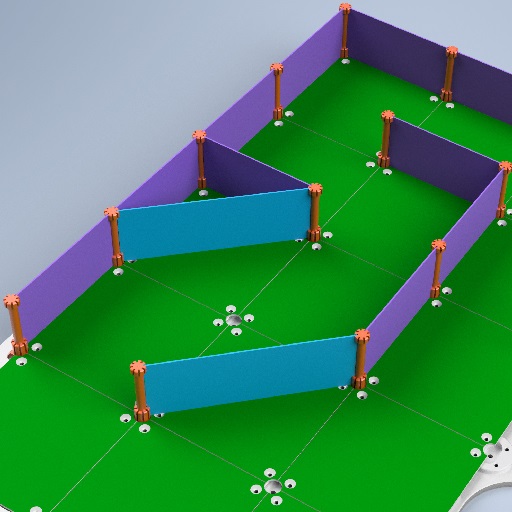
Researchers:
Lehrgebäude 3A, Zimmer 248
T +49 (0) 355 69 4354
F +49 (0) 355 69 2150
E Christian.Richter(at)b-tu.de
Students:
B.Sc. Friedrich Eckert
Abstract
Recent speech dialog systems and cognitive user interfaces allow natural verbal human-machine-interaction and achieve an excellent performance. However, leading commercial solutions heavily rely on transmitting sensitive user information (personal data, voice recordings, etc.) through public networks and on processing, storing and analyzing these data on servers of service providers.
The goal of the UCUI project is to develop a cognitive user interface for intuitive interaction with arbitrary electronic devices which ensures privacy by design. That means that all information processing is done on the device and that no user data ever leave the interface. To this end we develop a stand-alone hardware module doing all signal, speech and cognitive information processing. The main technical challenge lies in building a small, energy-efficient system which achieves an acceptable performance without relying on external computational power and memory.
Interaction with the UCUI device takes place through speech, acoustic and visual symbols, and gestures. The system shall be capable of learning from the behavior of users in order to improve its function. Multiple modules will be able to cooperate (distributed microphone array, task assignment, etc.) over a strongly encrypted wireless connection. The system design is based on a study of user-machine interactions in a real home-automation scenario and will take into account relevant legal and ethical aspects.
| Period | 06/2015–05/2018 |
|---|---|
| Funding | BMBF, IKT 2020 |
| - Grant | #16SV7304 |
| - Total | 1.6 Mio. EUR |
| - BTU | 454 TEUR |
Bibliography and Links
Miniaturisiertes System zur intelligenten Signaverarbeitung
Abstract
Motivation and Background
There is an increasing demand for intelligent technical systems on a variety of application fields. For this reason, Sinus Messtechnik GmbH, a manufacturer of measurement devices, intends to develop and market a new hardware module for intelligent signal processing. Such an intelligent system can be a very effective aid for measurement engineers and help to minimize the risk of errors, particularly for complicated and safety-relevant measurement tasks.
In this project we develop a miniaturized, modular, and universal hardware module for intelligent signal processing and pattern recognition. Compared to other products -which are less complex, less universal, or both- our module will be very compact and suitable for integration into off-the-shelf handheld computers. Currently, a custom hardware module with algorithms implemented on FPGAs or ASICs is the only possible technical realization for a miniaturized system of such complexity.
The MiSIS device will not only allow measurements. It will also be capable of an automatic, knowledge-based interpretation of the measurements results. A modular hardware concept and universal algorithms make the system suitable for a broad variety of measurement and testing tasks.
Project Data
| Period | 10/2014–0972016 |
|---|---|
| Funding | BMBF, KMU Innovativ |
| - Grant | Subcontractor of Fraunhofer IKTS |
| - Total | 487 TEUR |
| - BTU-KT | 50 TEUR |
Bibliography and Links
- Project bibliography [-- UBICO, keywords="btuktmisi" --]
Related Projects
*Completed








